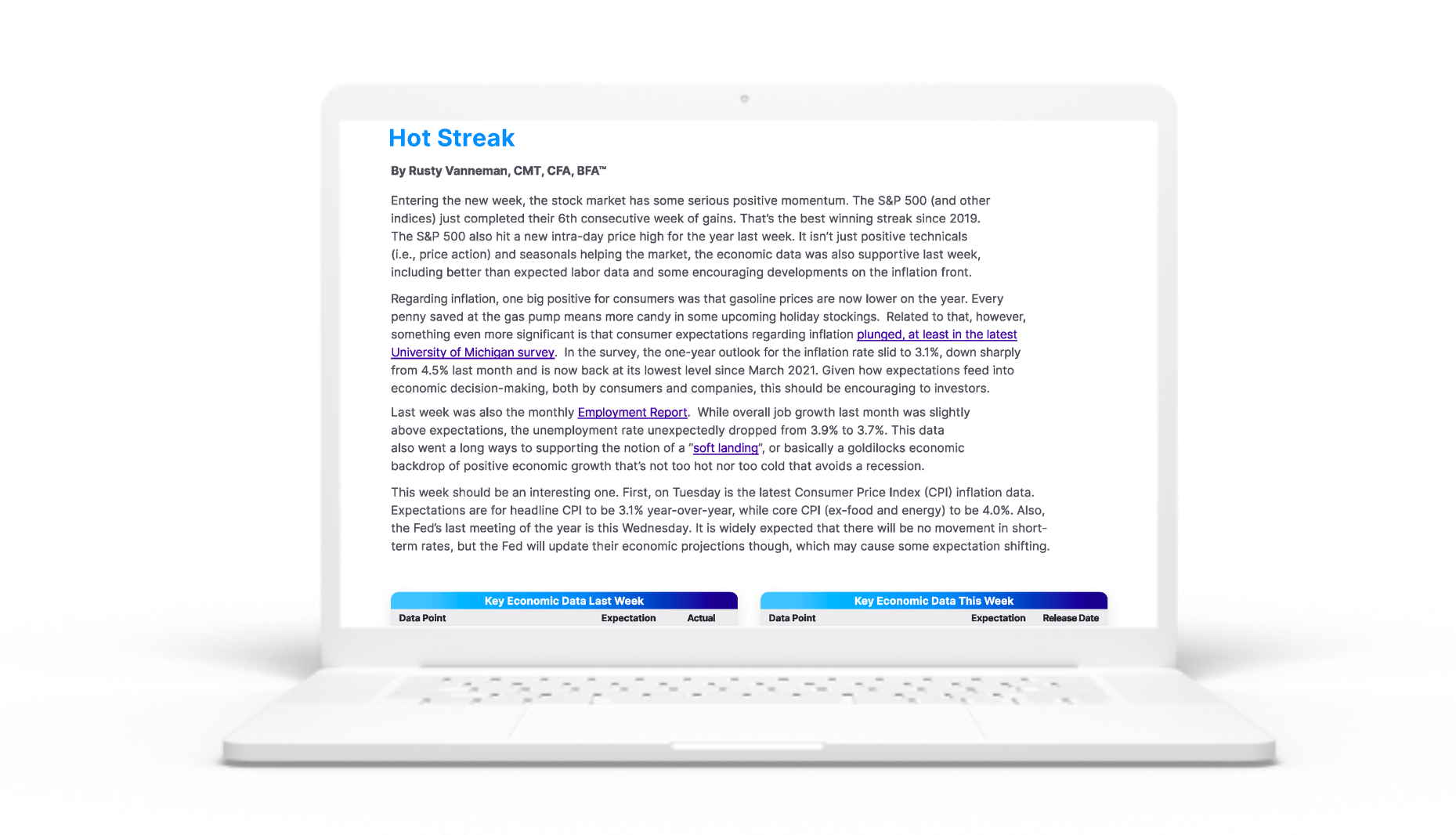Join Orion CIO Rusty Vanneman and Ben Vaske, senior investment strategist, for a look back at the final quarter of 2023.
Rusty and Ben cover a range of top-of-mind issues for financial advisors looking to close the books on the past year:
- How did the markets perform in the final quarter of 2023?
- What were the drivers behind performance, especially for the Magnificent Seven?
- What impact did interest rates and the Federal Reserve have?
- An outlook for 2024, including the team's outlook on six different asset classes for Q1 2024 and the year overall.
Watch the video above — or if you'd prefer, read through the transcript below.




























